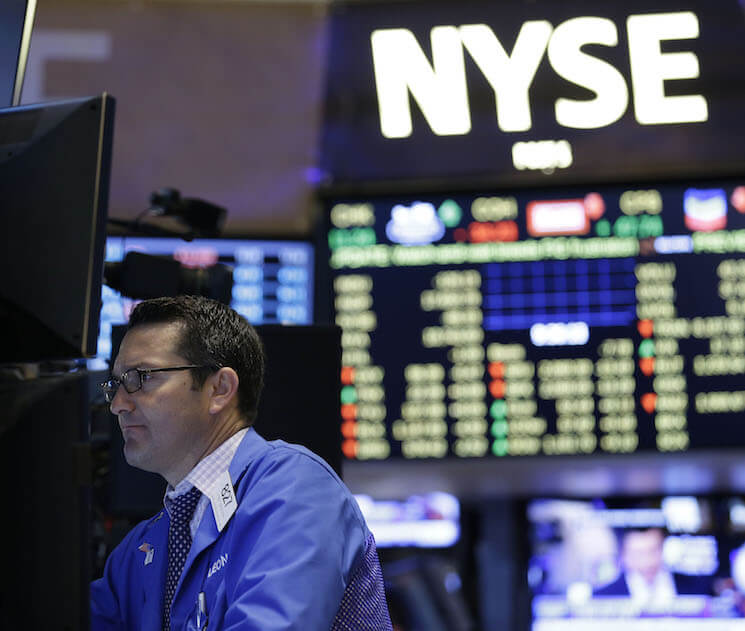U.S. tax policy complicated by falling taxes on U.S. stocks

U.S. corporations are increasingly booking their revenues and profits abroad—a move known as profit shifting—which in turn is raising concerns about the reliability of the U.S. corporate income tax for government funding. After all, how can the tax effectively get at the income being generated if the profits are being moved overseas?
One proposal to resolve this issue is to shift more of corporate taxation onto the income of shareholders, who are less able and willing to shift their incomes abroad. Instead of taxing the capital income at the corporate level, the tax would be levied only on shareholders who receive dividends from the company. As clean and clever as that idea may seem, there’s a problem. According to a new report, only about 25 percent of stocks are owned by taxable shareholders.
The study by Steven Rosenthal and Lydia Austin of the Tax Policy Center notes that there’s been quite a bit of calculations about the decline in the amount of tax income derived from the U.S. corporate income tax. But at the same time, the amount of stock that can be taxed has declined as well. Using data from the Federal Reserve’s Financial Accounts of the United States, the two authors look at trends in stock ownership. The share of corporate stocks that are taxed at the individual level declined from more than 80 percent in 1965 to just about 25 percent in 2015. What’s caused this decline over the last half decade?
There are two major trends. The first is that an increasing amount of U.S. stocks are owned by foreigners. In 2015, foreigners owned 26 percent of U.S. stock. As the federal government doesn’t tax stocks owned by foreign nationals, this income can’t be included in calculations of taxable stocks. The second trend, and the larger one, is the increasing share of U.S. stocks that are held by defined-contribution retirement plans such as 401(k) plans that aren’t taxed until the plans are drawn down by individuals upon retirement, as well as old-school defined-benefit pensions that are not taxed until benefits are paid out to beneficiaries. In 2015, these plans together accounted for about 37 percent of all U.S. listed stock.
Clearly this has implications for legislative attempts to integrate the corporate tax with the individual tax—making sure corporate income is taxed only once—or to shift the whole tax burden directly onto shareholders. Nothing is stopping policymakers from raising tax rates on stocks held in retirement accounts, but that might be tricky politically.
But these calculations also have something to say about the tax burden corporations face. As Rosenthal points out in recent congressional testimony related to the report, the tax burden on corporate earnings is determined by both the effective corporate tax rate and the tax rate on shareholder income. So to fully understand the amount of taxation on corporate business income, calculations need to account for both trends. As of now, they don’t. Given the increased importance of capital income these days, such calculations would be useful for thinking about the future path of capital taxation.
